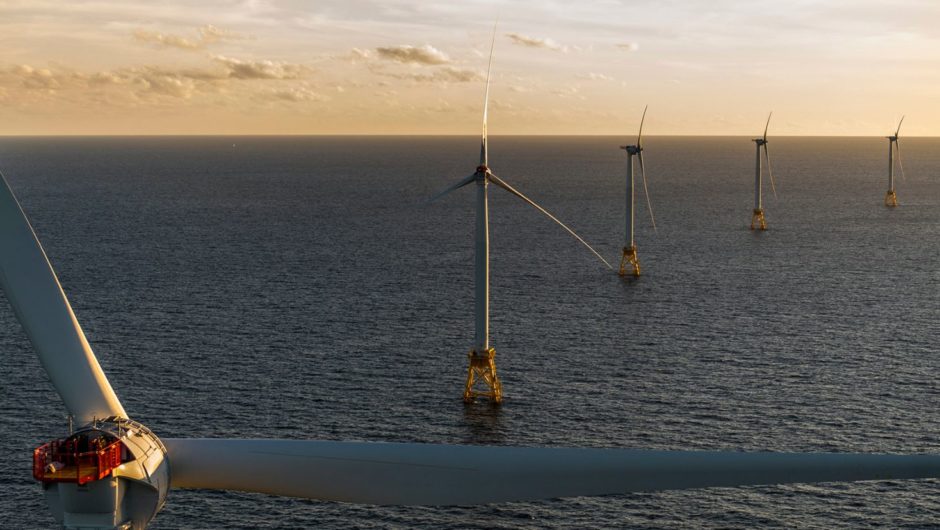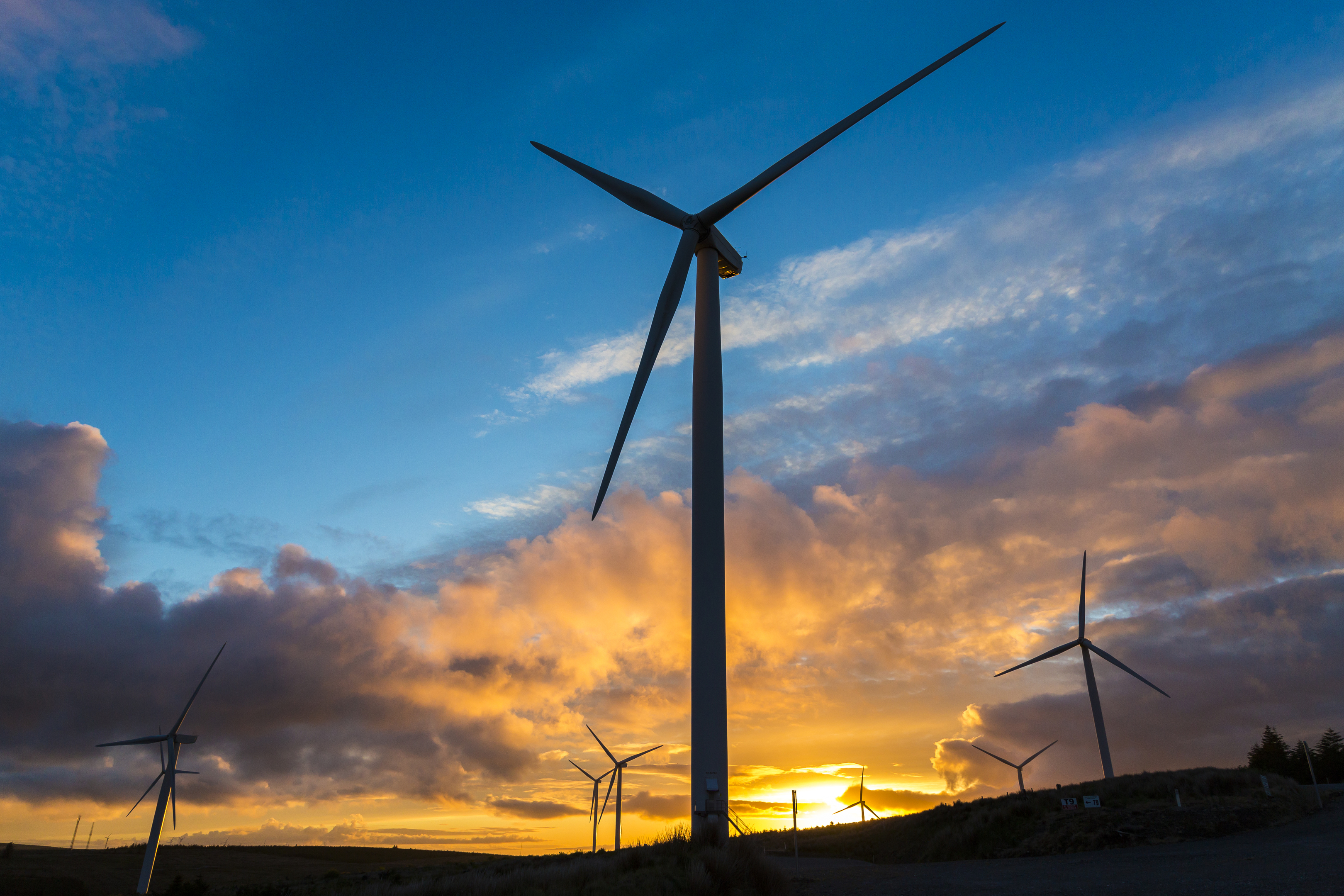
Electricity generated from renewables surpassed power from gas for the first time in the three months from July to September, official figures show.
A record 38.9% of power was generated by wind, solar, hydro and other renewables in the third quarter of 2019, marginally higher than the 38.8% share of electricity coming from gas over the three-month period.
The statistics from the Business and Energy Department also reveal that coal generated just 1% of power over the period.
Low-carbon electricity overall, which includes renewables and nuclear, reached new highs of 57.3% of the mix, despite lower output from nuclear reactors, as a result of strong levels of generation from technology such as wind.
The figures, which show the ongoing switch away from fossil fuels – particularly coal – to cleaner sources of power, came after the Government’s climate advisers urged the Prime Minister to drive ambitious action on tackling emissions.
The Committee on Climate Change wrote to Boris Johnson after his election victory, urging him to make good on a manifesto pledge to deliver 40 gigawatts of offshore wind by 2030.
They also said ambitious action is needed to cut emissions in other areas, including from heating homes, transport, industry and agriculture.
In the Queen’s Speech, the Government said it would continue to take steps to meet the “world-leading” target to reduce greenhouse gas emissions to net zero by 2050.
RenewableUK’s head of policy and regulation Rebecca Williams said: “We’ve reached a historic tipping point with renewables outperforming gas for the first quarter ever.
“This is great news all of us who are committed to reaching net zero emissions as fast and as cheaply as possible.
“As MPs take their seats in the new Parliament today, we’re looking forward to working closely with the new Government to speed up the transition to clean power.
“Wind is playing the leading role in this, generating nearly 20% of our electricity between July and September.
“We need to use a wide range of technologies to tackle dangerous climate change, including onshore wind as well as offshore, innovative floating wind and tidal power.”
Recommended for you
